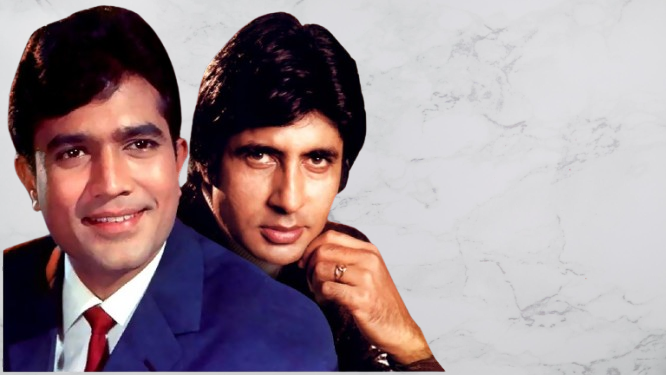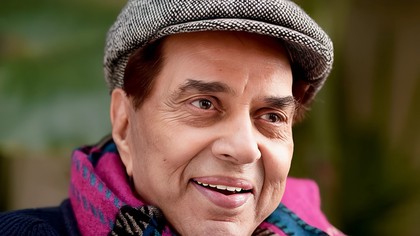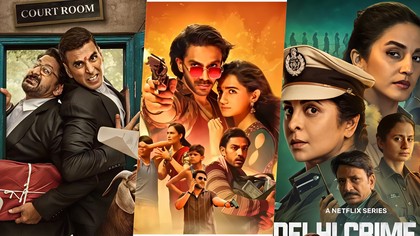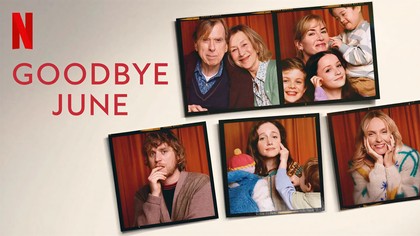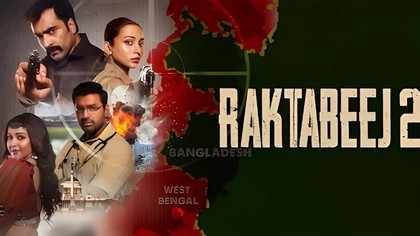The 1970s saw a dramatic transition in Bollywood’s power dynamic. Rajesh Khanna, the reigning superstar, was witnessing the rise of a new phenomenon Amitabh Bachchan. With the release of Zanjeer in 1973, Bachchan’s image as the ‘angry young man’ reshaped the Hindi film landscape. But before the shift was complete, destiny brought the two together one last time on screen in Namak Haraam, directed by Hrishikesh Mukherjee. What was intended to be a strong socio political drama became a silent battlefield of star rivalry and hurt pride.
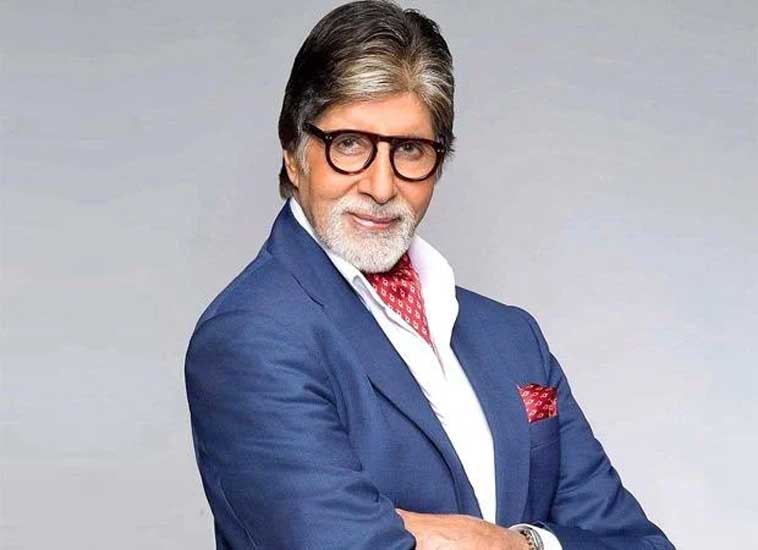
Rajesh Khanna had already etched his place in audiences' hearts with emotional performances like in Anand, where his character’s tragic death made cinematic history. It was this experience that convinced him of the power of dying on screen. So when Namak Haraam was being developed, Khanna lobbied to have his character die in the climax. According to Gulzar, who wrote the script, Hrishikesh Mukherjee eventually promised Khanna the death scene. This decision, while creatively adjusted, wasn’t communicated to Amitabh Bachchan until the final day of shoot.
When Bachchan found out, it hit him hard. As Gulzar recalled in Yasser Usman’s biography Rajesh Khanna: The Untold Story of India’s First Superstar, Amitabh felt blindsided. At that time in Hindi cinema, the character who dies often receives the most emotional weight and audience empathy. For Bachchan, who was trying to carve his own space in a competitive industry, this change felt like a betrayal. The emotional fallout was so intense that Amitabh reportedly did not speak to Gulzar for days after the shoot.
The sense of betrayal went beyond the set. Rajesh Khanna’s longtime associate Prashant Roy shared that Khanna often felt that Amitabh had turned their shared director against him. He claimed that Hrishikesh Mukherjee, once a frequent visitor to Khanna’s home, stopped coming by after the film. This distance was seen by Khanna as proof that Amitabh had influenced the dynamics off camera as much as he had won on it. The lingering bitterness meant the two never worked together again.
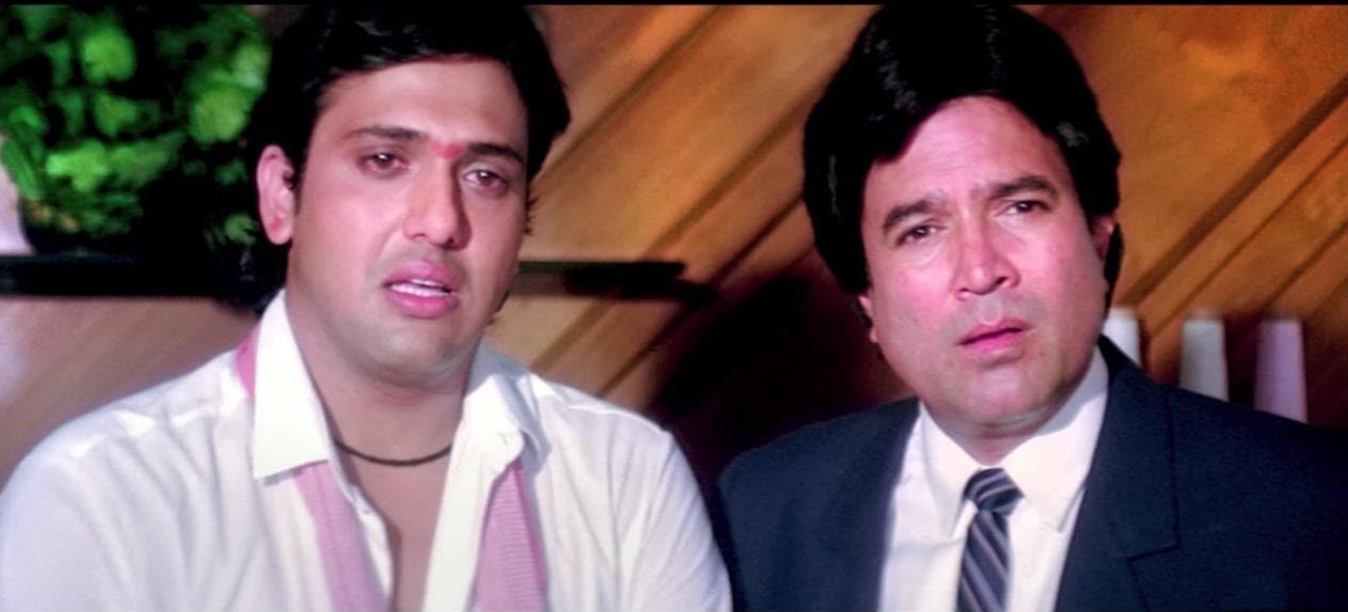
While Namak Haraam went on to be a success, the undercurrents behind its making remain a fascinating chapter in Bollywood history. It is a rare example of how ego, ambition, and insecurity among giants can influence not just performances, but the very endings of stories meant for the big screen. It also reminds us that the cinema we consume is not always the cinema that was first envisioned.
Rajesh Khanna passed away in 2012 at the age of 69, leaving behind a legacy of poetic superstardom. Amitabh Bachchan continues to evolve as an icon across generations. But Namak Haraam remains the final frame where both legends stood side by side before walking in entirely different directions.
For more untold stories from the golden age of Bollywood, follow Binge Moves on Instagram and Facebook.

